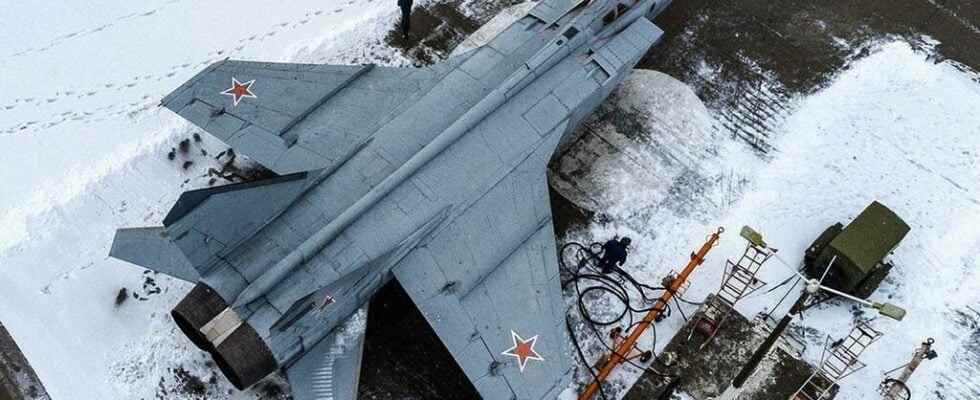In Ukraine, “ a war could break out at any moment warns Washington. According to the White House, an invasion could even begin during the Beijing Olympics. The buildup of Russian forces around Ukraine is on an unprecedented scale since the end of the Cold War.
130,000 Russian soldiers are massed along the border. And since Thursday, February 10, these units have been maneuvering as part of an exercise called Zapad, a repeat of a training session that already took place in September. On the ground, 2/3 of the tactical battalions available to the army are present. So much so that there are hardly any soldiers left in the Russian Far East. And these troops are well trained, explains Elie Tenenbaum, director of the Center for Security Studies at Ifri: “These are battalions either predominantly motorized infantry or predominantly armored cavalry, with tanks including T72. Each time with about forty vehicles per battalion. They are supported by integrated, organic artillery and so these battalions are supposed to be relatively self-contained within a certain depth of the battlefield.”
Iskander missiles
To this must be added long-range artillery capabilities including Iskander ballistic missiles, 15 parachute battalions and significant naval forces in Crimea. A few days ago, 6 amphibious ships joined the Black Sea Fleet, raising the threat of a landing on the Ukrainian coasts of the Sea of Azov with the strategic city of Mariupol as their objective. Thus, warns Elie Tenenbaum, Moscow is giving itself the means for a large-scale invasion, with possibly four fronts in Ukraine: “A truly north axis, around the town of Yelnia and Klimovo. An approach from the north-east which comes mainly from the Russian XX Army with local forces which have been reinforced from Kursk. Then we have an approach from the south and the Crimea of course, the Eighth Army, which there too has been considerably reinforced. And to this we must add the fourth front, which is the Belarusian front, with about fifteen combined arms battalions, ‘Battle Groups’ which were deployed as part of the Zapad exercises”.
Russia could also act by proxy
Another scenario, Russia could give up an offensive and prefer to act by proxy with “proxies”, paramilitaries like those of the sulphurous Wagner company. Shadow soldiers to muddy the waters, avoid a costly war and ward off the specter of Western sanctions. A quiet war, in a way, a strategy favored by the Kremlin, assures Dimitri Minic, researcher at the Russia NEI center at Ifri: “Moscow’s objective in Ukraine is not initially to engage in an interstate armed struggle, but to do everything so that everyone believes in it and thus achieves its political objectives. The use of paramilitary forces and even of special forces equipped with neutral uniforms, are means favored by Russian military theoreticians. This allows them to deny the presence of Russia in certain theaters of operation. The very concept of war was changed by the Russian army. It is a real theoretical reflection that has been engaged for thirty years and it echoes the recent declarations of the French general Thierry Burkhard, Chief of Staff of the Armed Forces, who recently evoked the importance of winning the war before the war. This is actually an area that Russian strategists have thought about a lot and in which they have taken a lot of lead”.
Ukrainian diplomacy has understood this well, estimating in recent days that it was “important not to panic in the face of the threat of a Russian invasion”. Panic and the fog of war being Moscow’s best asset to infiltrate paramilitaries on Ukrainian soil.
► Read also: Ukraine demands an urgent meeting with Russia
